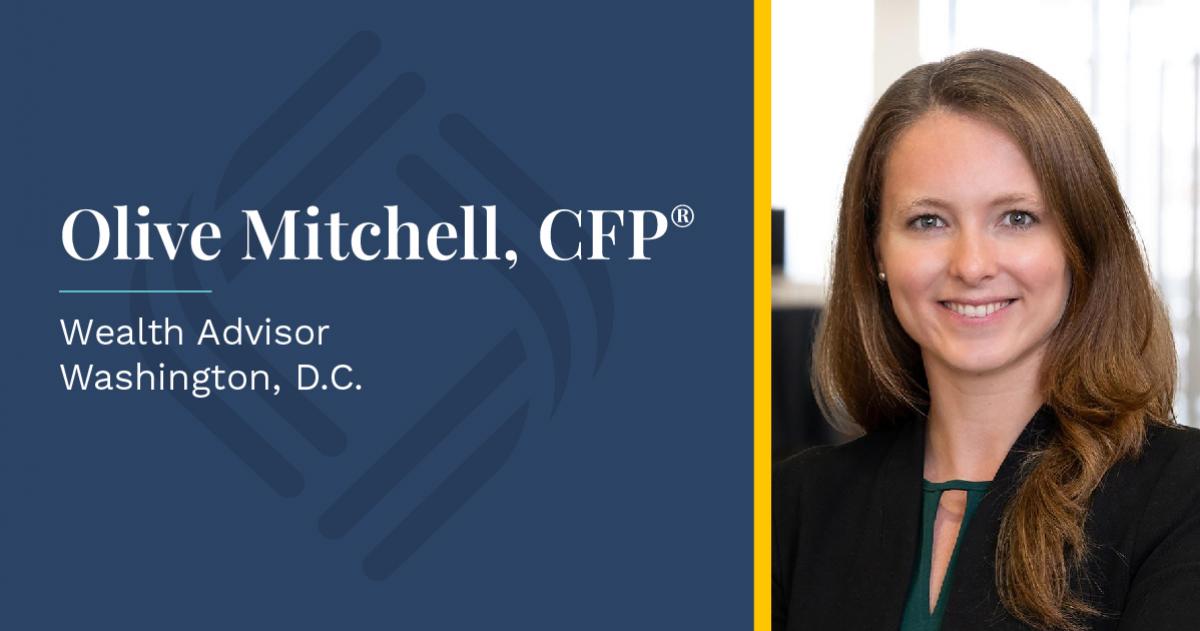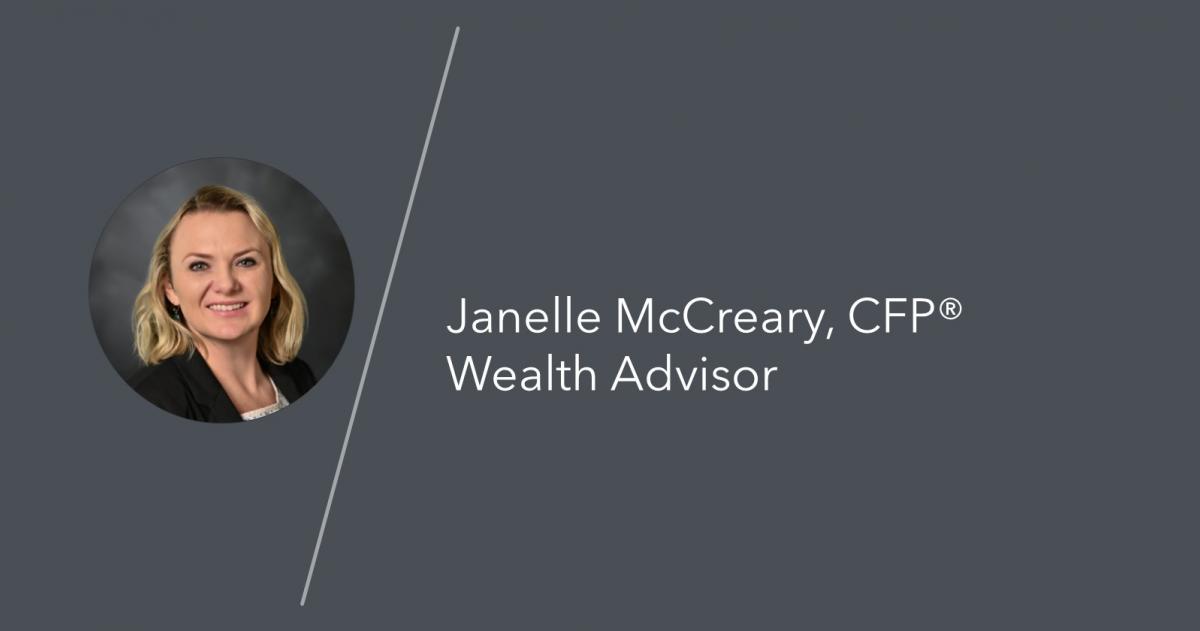The approval and widespread adoption of GLP-1 drugs like Ozempic, Wegovy and Zepbound have revolutionized the healthcare and biopharmaceutical landscapes over the last few years. The efficacy of these drugs in treating obesity and obesity-related diseases stands as a turning point in drug development and patient treatments and outcomes. We’re going to examine another side of these pharmaceutical advancements—how investment managers and firms like Curi RMB Capital consider the investment opportunities behind these advancements from a company lifecycle lens.
First, let’s define exactly what GLP-1drugs are and identify some of the companies behind their success. GLP-1 drugs mimic the natural GLP-1 (Glucagon-like peptide-1) hormone in the body, which triggers the release of insulin. These drugs were primarily used to treat type 2 diabetes, and now they are also being used to treat obesity and produce significant weight loss in some patients. Companies like Novo Nordisk and Eli Lilly are at the forefront of producing these drugs, with products like Wegovy, Ozempic, Zepbound, and Mounjaro gaining significant traction in the market in recent years.
The success of GLP-1 drugs lies in their efficacy and versatility. Not only do they address prevalent health issues like diabetes and obesity, but they also show promise for treating other diseases. With the endorsement of celebrities including Oprah Winfrey adding to their popularity, GLP-1 drugs have garnered significant attention from both patients and investors alike. If adopted widely enough, they hold the potential to reshape seemingly unrelated markets such as the food and beverage industries by changing consumer preferences.
These drugs and the companies behind them present compelling opportunities for investment managers. How does the investment team at Curi RMB identify investment opportunities stemming from this innovation? As with all investments, we analyze the opportunity through the lifecycle lens.
Equity Spotlight Webinar: "Understanding GLP-1 Beneficiaries Through a Life Cycle Lens."
A natural starting point is to consider direct investment in the biopharmaceutical companies themselves—Eli Lilly and Novo Nordisk. From a corporate lifecycle lens, these companies are both well-positioned to benefit from the growth in GLP-1 drugs. Novo Nordisk is an accelerating-stage company, with high rates of return and strong growth. Eli Lilly is classified as compounder, a diversified pharmaceutical company with high rates of return and asset growth, though less so than Novo Nordisk, primarily due to higher investments in research and development. Given where these companies are on the lifecycle, for both of these companies, we want to see strong reinvestment opportunities. With the large market for GLP-1s and potential for next-generation drugs, there should be strong reinvestment opportunities. Another item to consider is the competitive landscape as these high rates of return and growth opportunities fuel competition. Finally, given these could be considered high-priced chronic drugs, we also need to consider the insurance impact and willingness for companies and government to pay for these drugs. Overall, we want to analyze rates of return, growth rates and the cash flows that they combine to produce, as these are the long-term drivers of any business and its stock price.
Aside from the pharmaceutical companies themselves, these drugs open up a wide range of investment opportunities in ancillary industries, such as manufacturers of supplies and services essential for drug delivery. We look for what we call “pick and shovel” companies—providers of supplies and services that make it possible to deliver these drugs.
Two examples in this category are West Pharmaceutical and Stevanato Group. These companies provide critical components on their highest margin products and may see demand and positive mix shift with exposure to more GLP-1 drugs. As a result, we anticipate improving rates of return for both companies. Companies like these may be worth exploring as part of a diversified portfolio, with the same considerations for benefits and risks that we would apply to any other company.
While sectors like life sciences and biopharmaceuticals offer promising investment opportunities, careful analysis of industry dynamics and company fundamentals is essential for investors to navigate the complexities of this ever-changing landscape. We invite you to learn more about this industry by watching our recent Equity Spotlight Webinar, The Healthcare Industry and Understanding the Impact of GLP-1. As always, we welcome your questions and encourage you to reach out to your Curi RMB Capital advisor to learn more.
The opinions and analyses expressed in this newsletter are based on Curi RMB Capital, LLC’s (“Curi RMB”) research and professional experience are expressed as of the date of our mailing of this newsletter. Certain information expressed represents an assessment at a specific point in time and is not intended to be a forecast or guarantee of future results, nor is it intended to speak to any future time periods. Curi RMB makes no warranty or representation, express or implied, nor does Curi RMB accept any liability, with respect to the information and data set forth herein, and Curi RMB specifically disclaims any duty to update any of the information and data contained in this newsletter. The information and data in this newsletter does not constitute legal, tax, accounting, investment or other professional advice. Returns are presented net of fees. An investment cannot be made directly in an index. The index data assumes reinvestment of all income and does not bear fees, taxes, or transaction costs. The investment strategy and types of securities held by the comparison index may be substantially different from the investment strategy and types of securities held by your account. RMB Asset Management is a division of Curi RMB Capital.
The content contained herein was generated by RMB with the assistance of an AI-based system to augment the effort.
Certified Financial Planner Board of Standards, Inc. owns the certification marks CFP®, CERTIFIED FINANCIAL PLANNER™ and federally registered CFP (with flame design) in the U.S., which it awards to individuals who successfully complete CFP Board's initial and ongoing certification requirements.
CFA® and Chartered Financial Analyst® are registered trademarks owned by CFA Institute.






